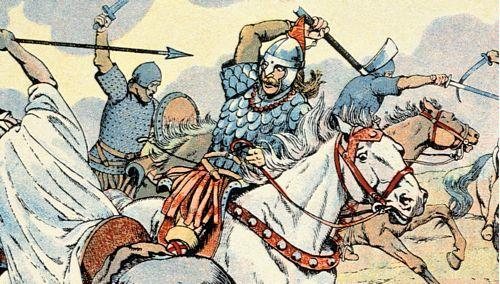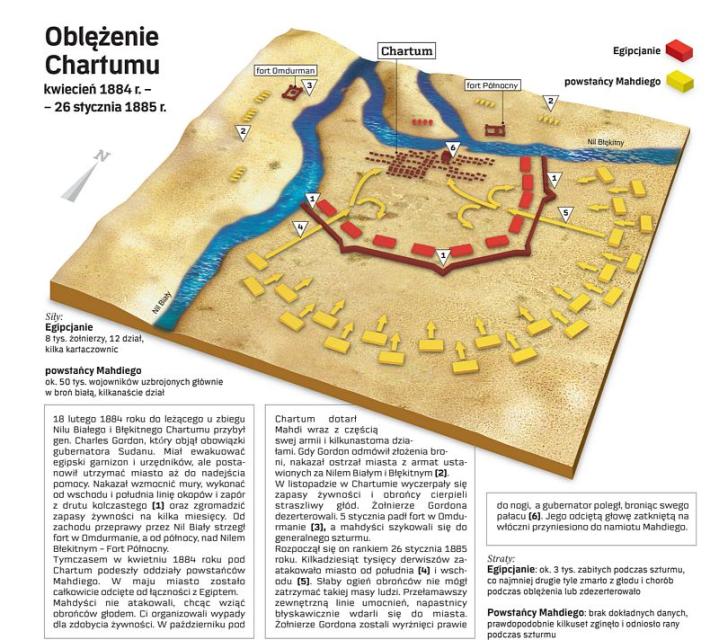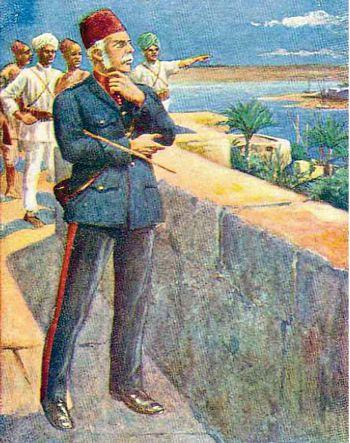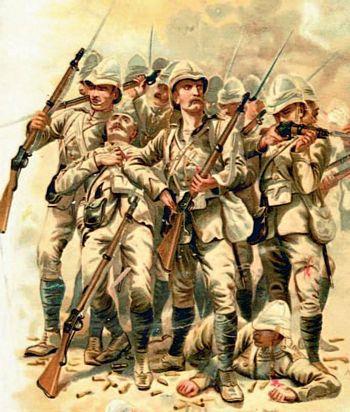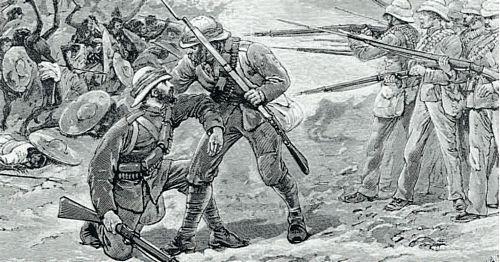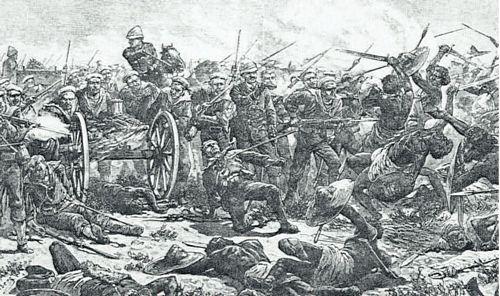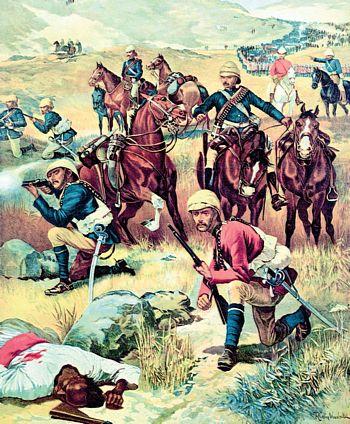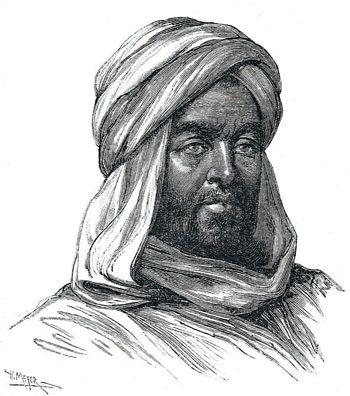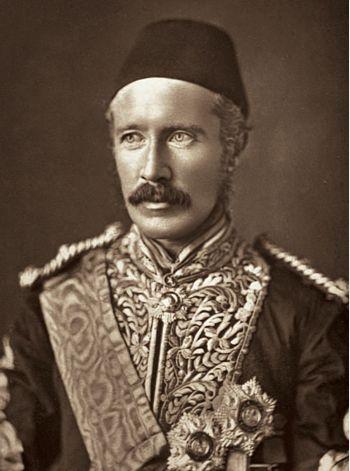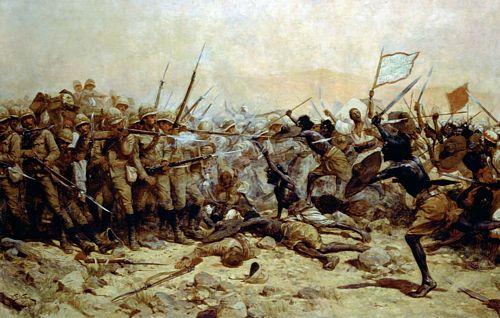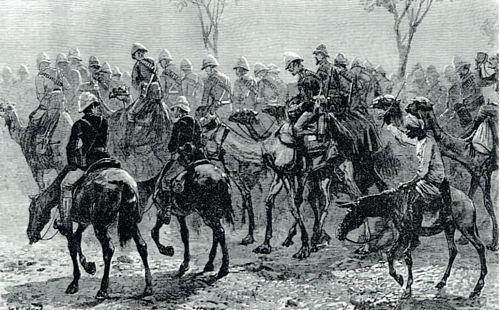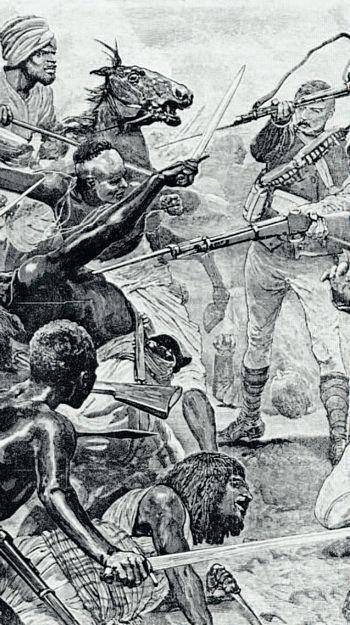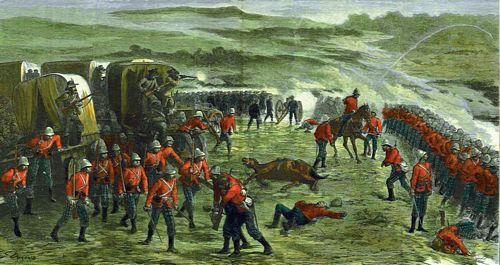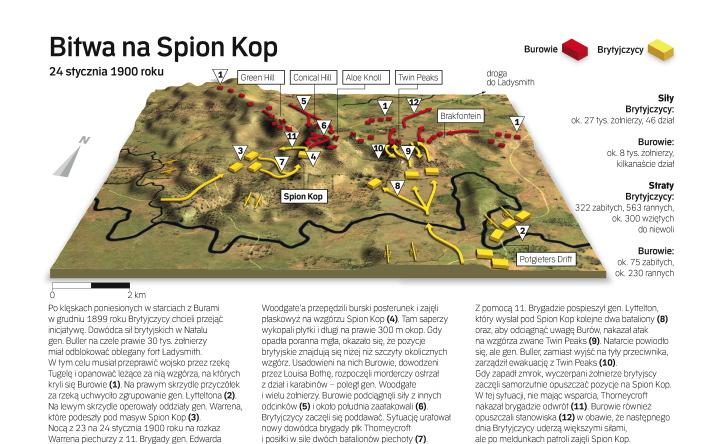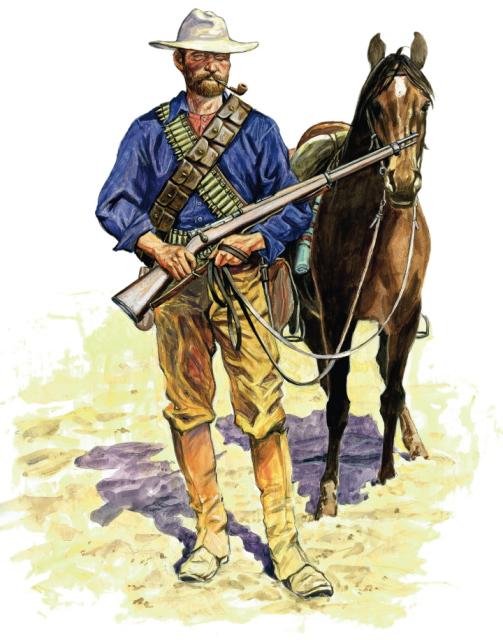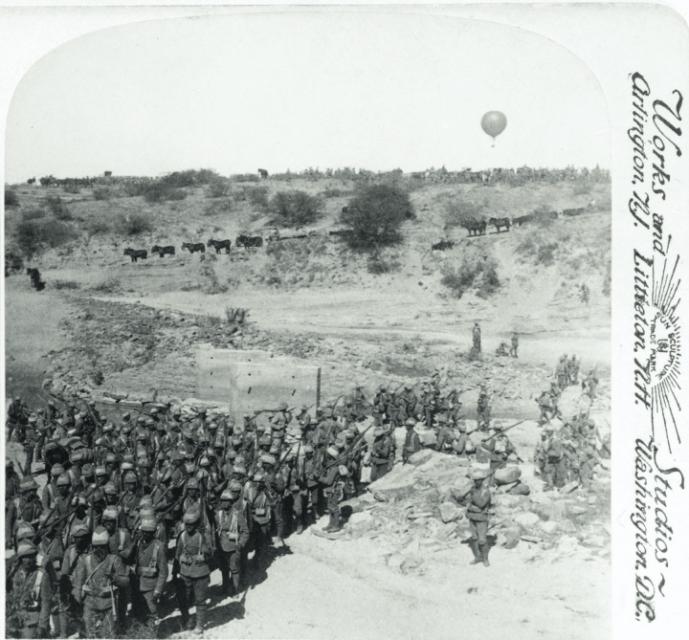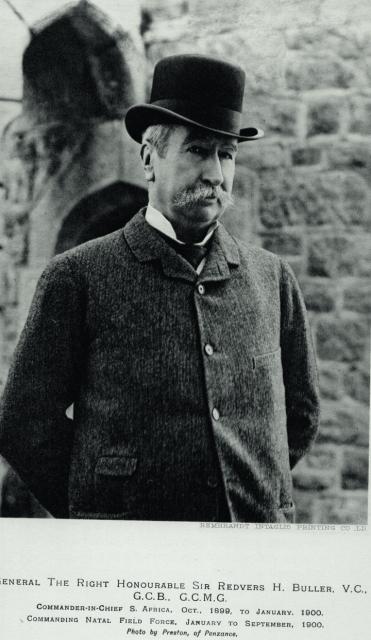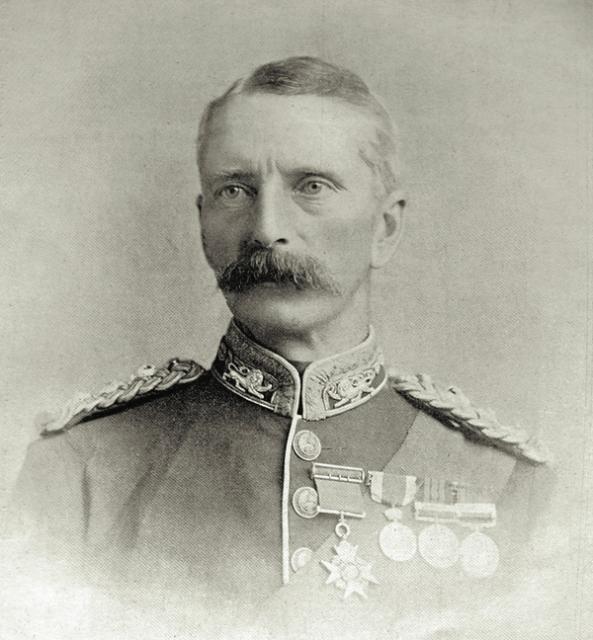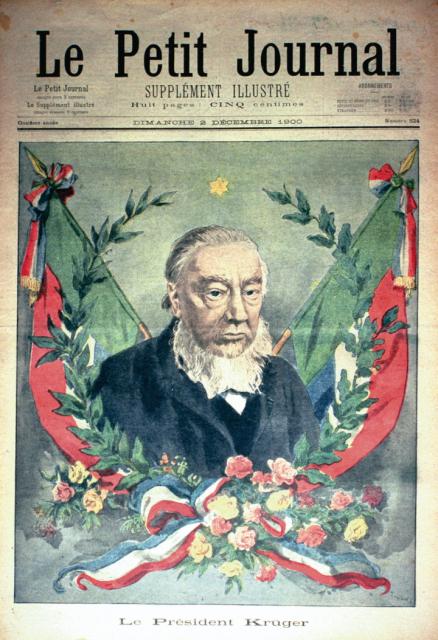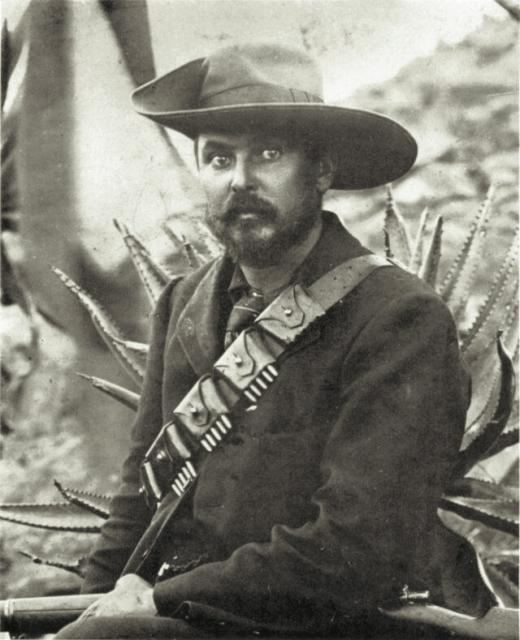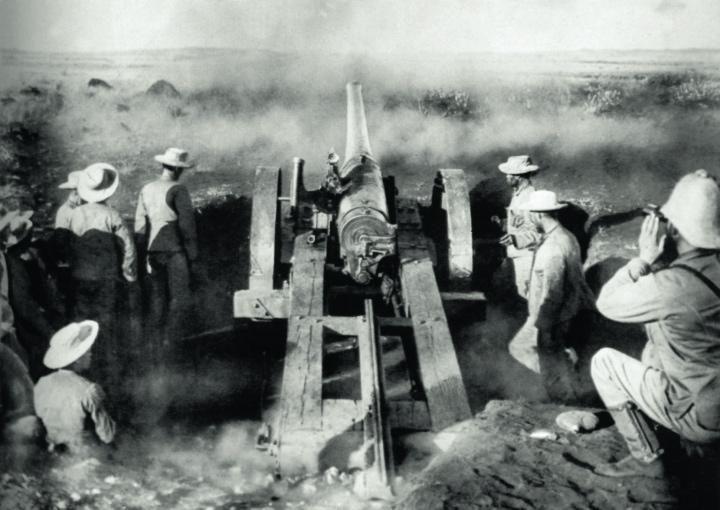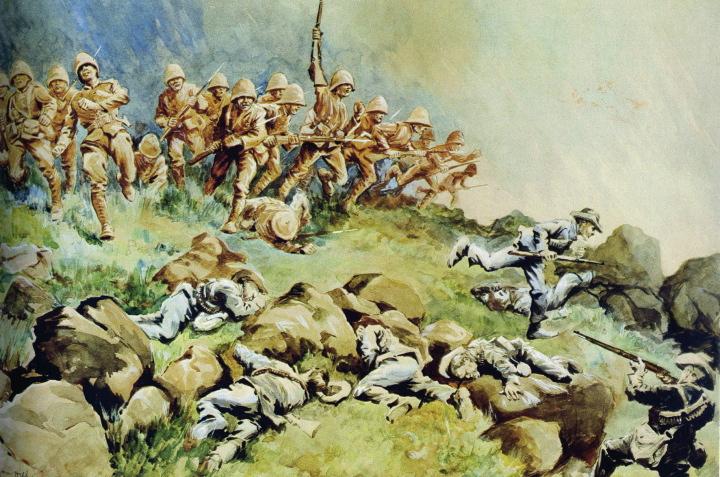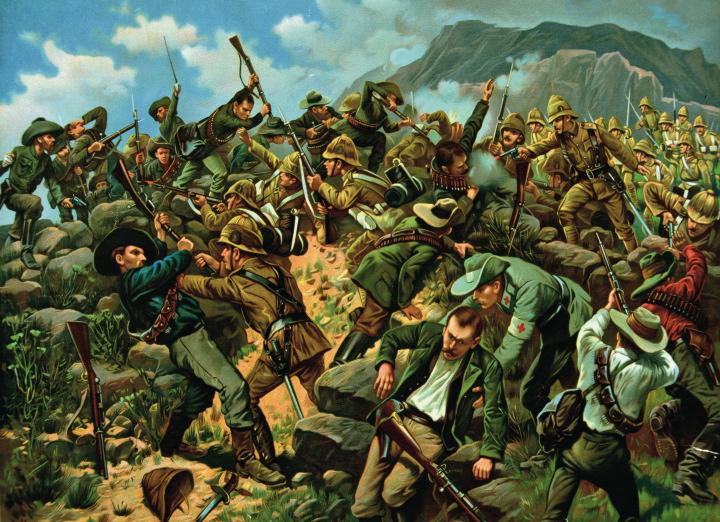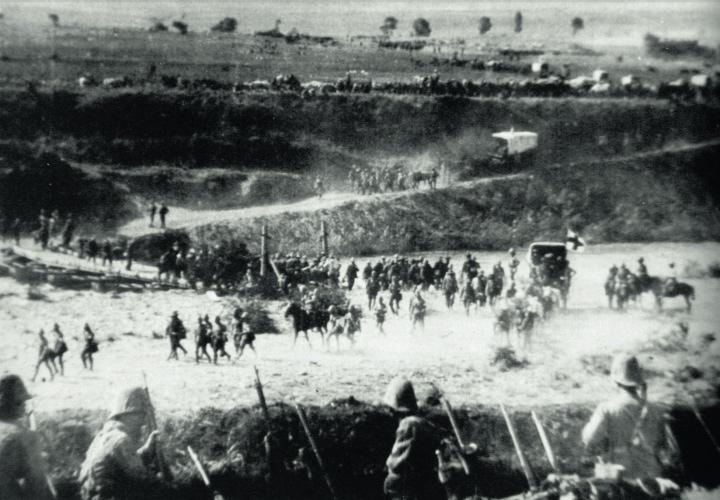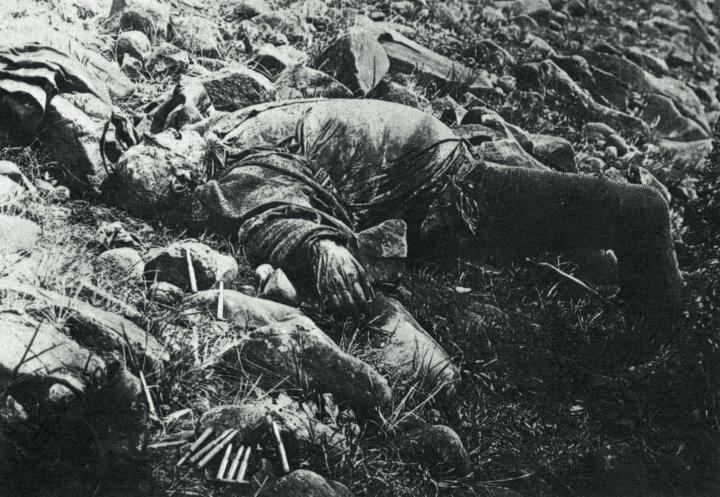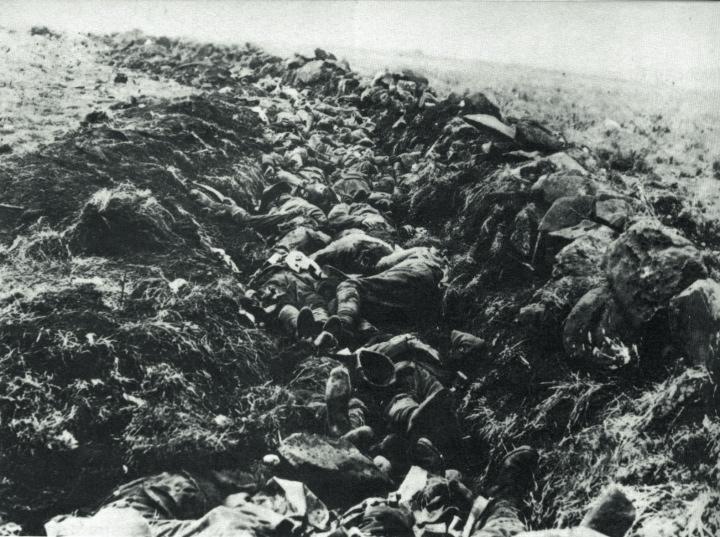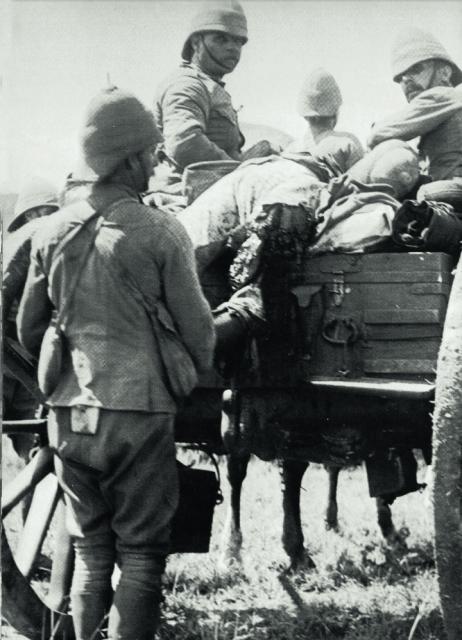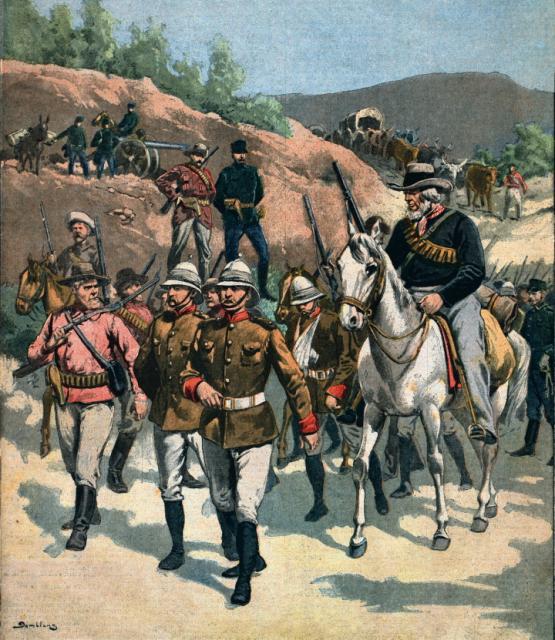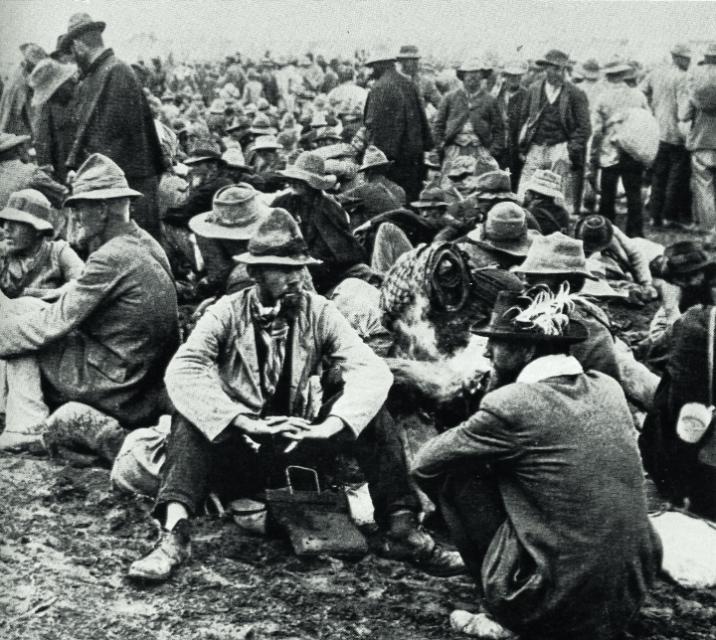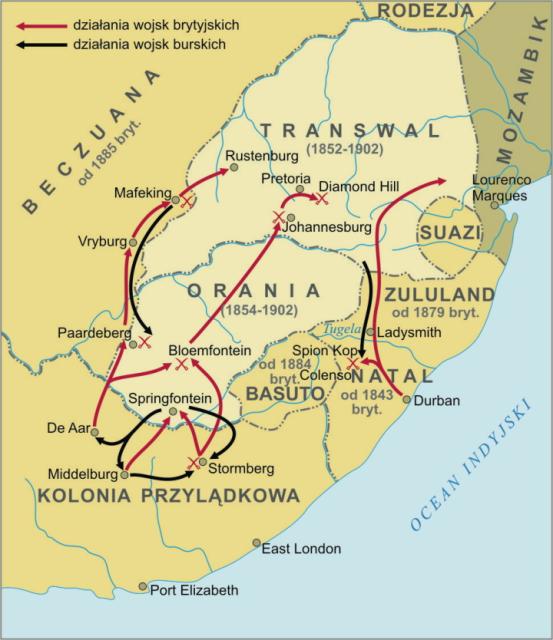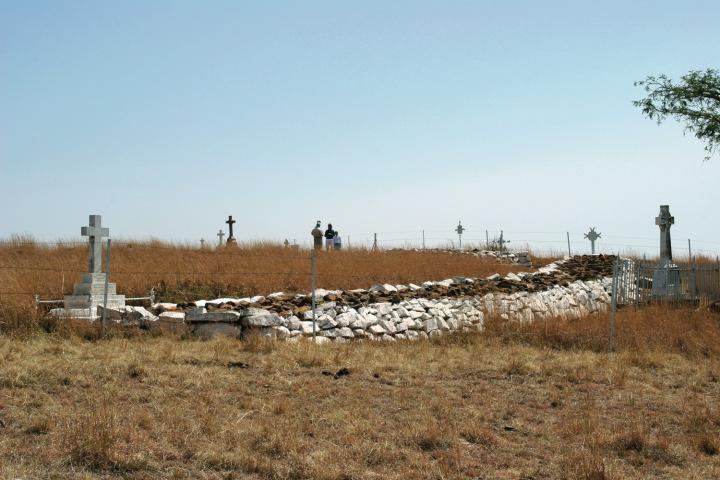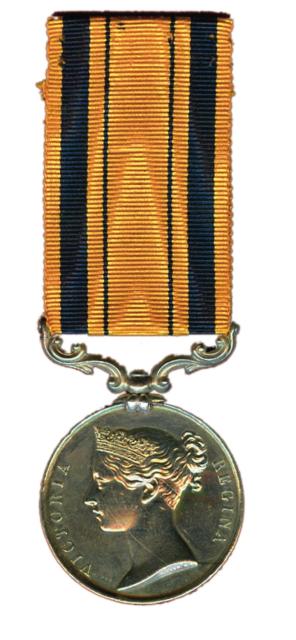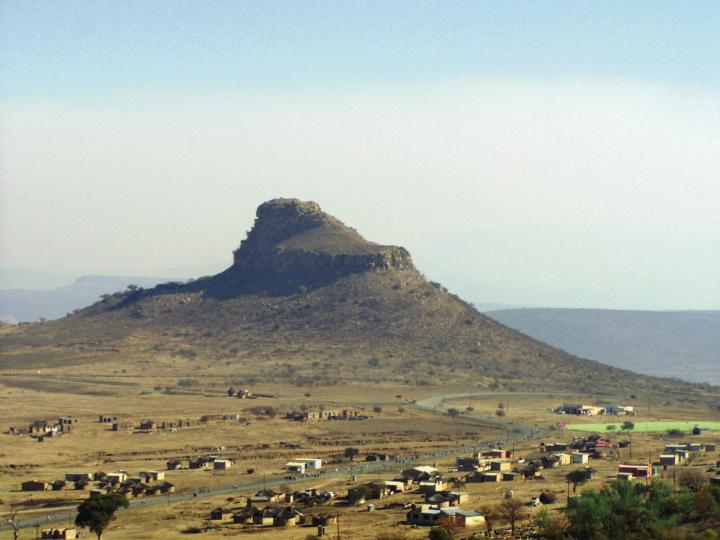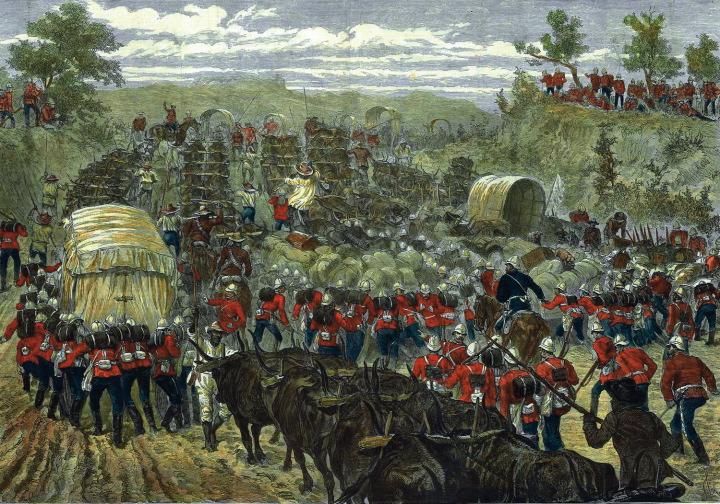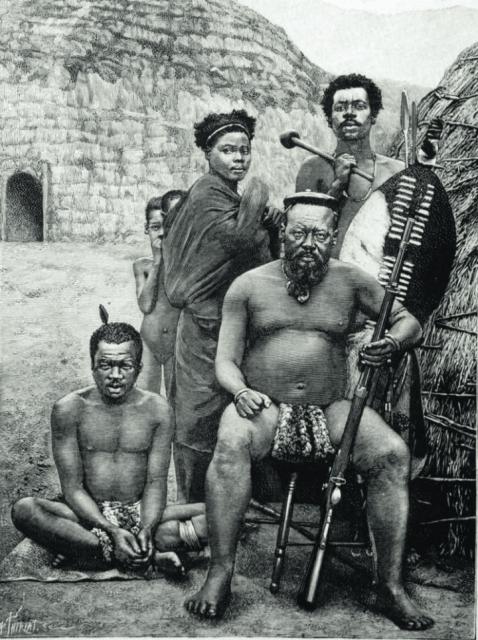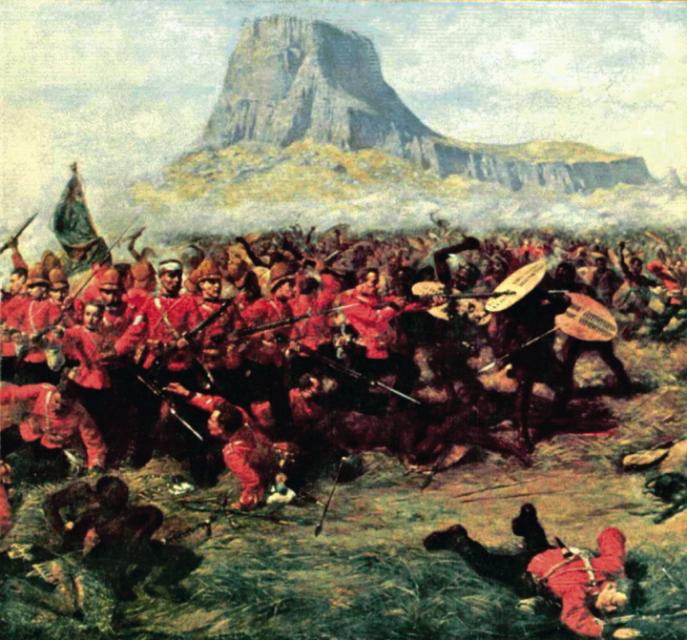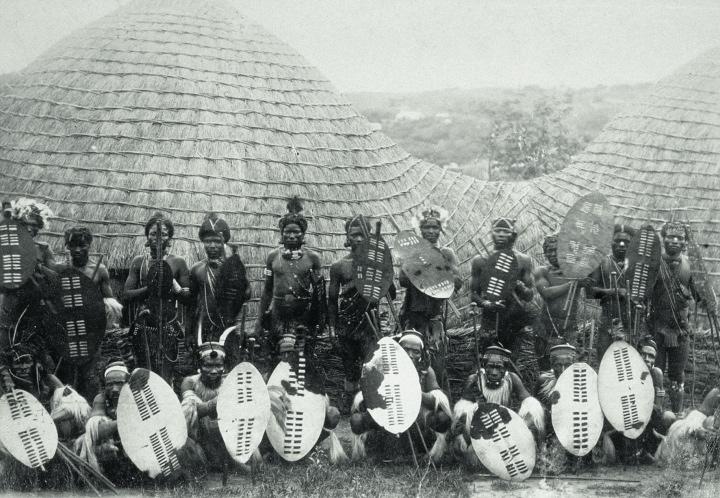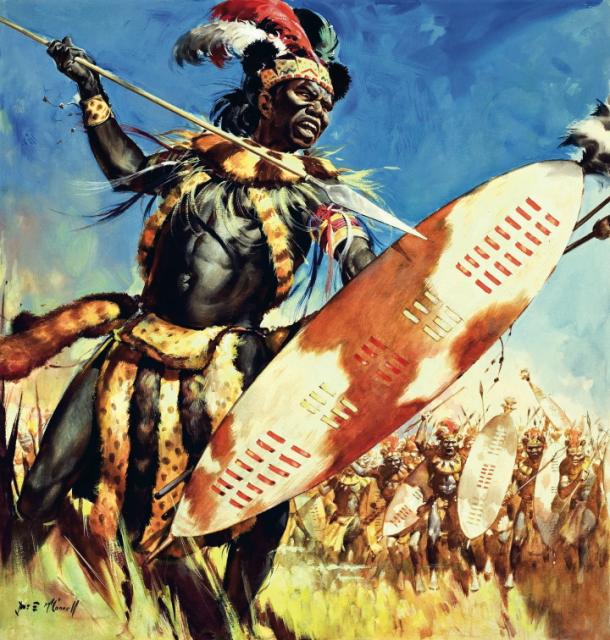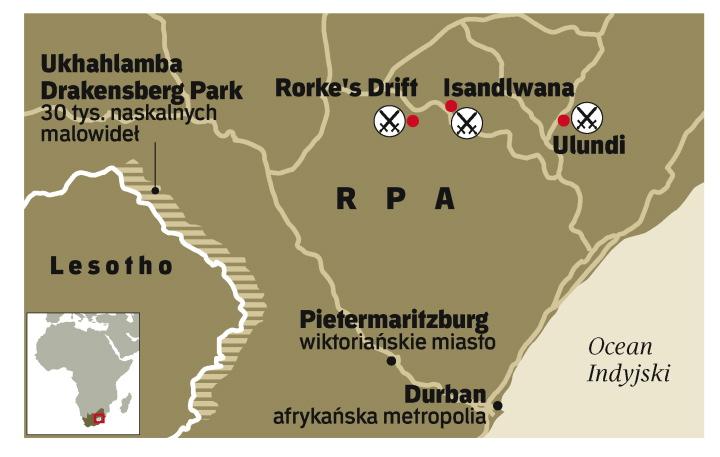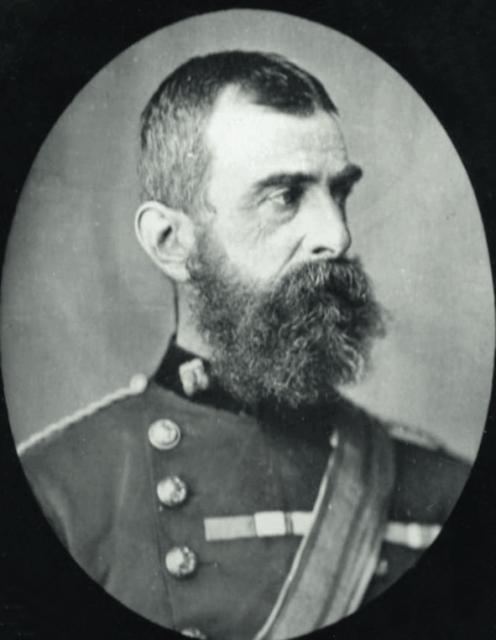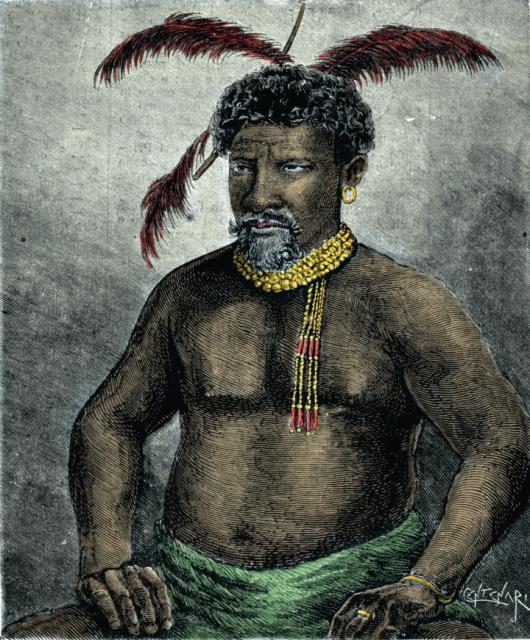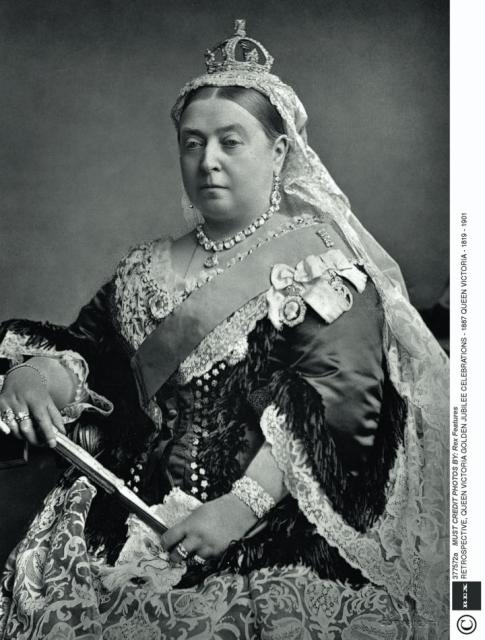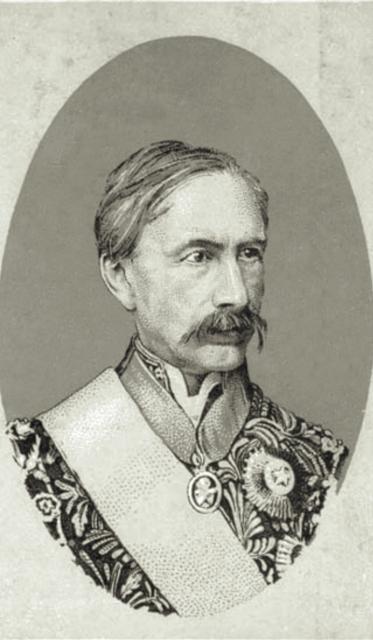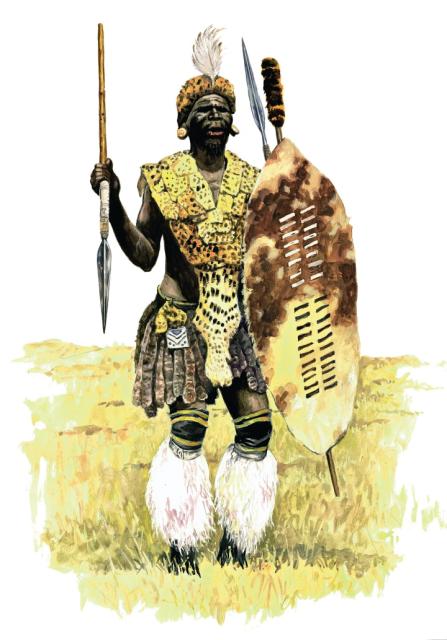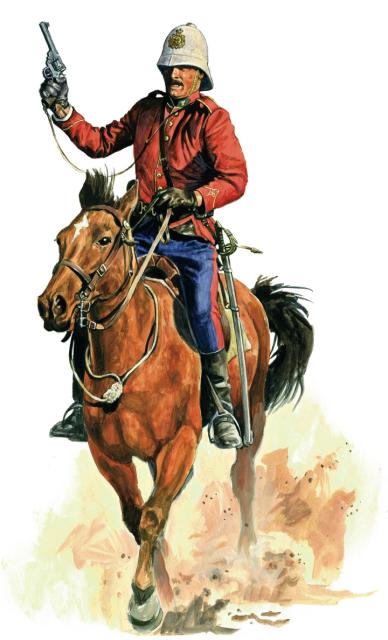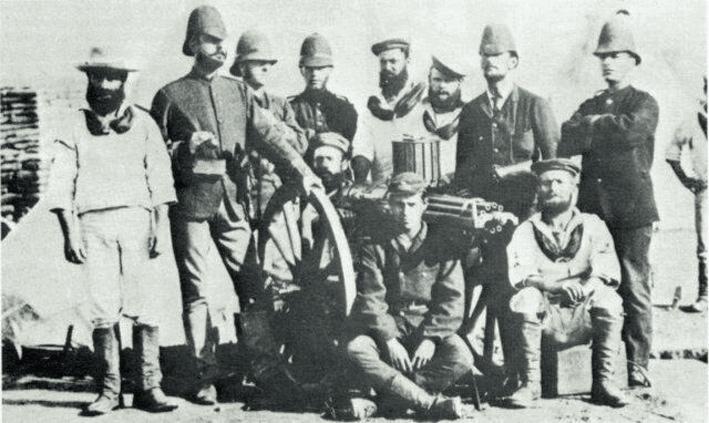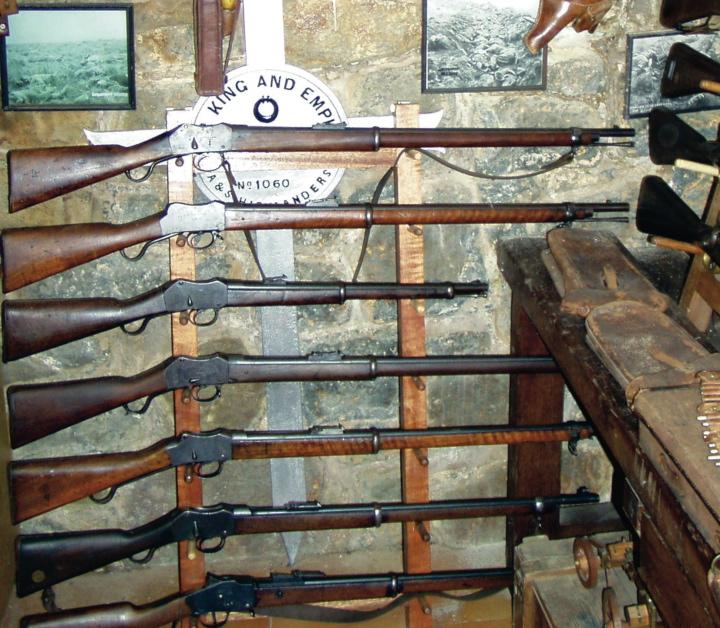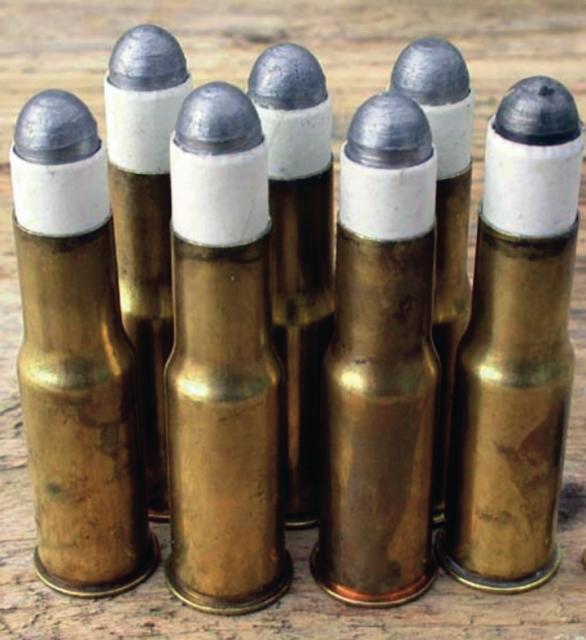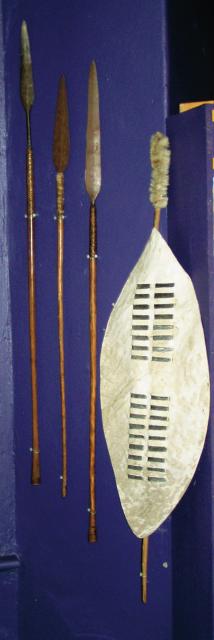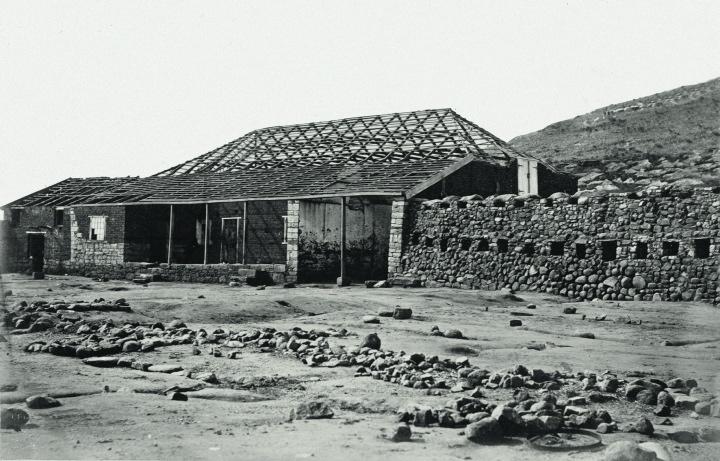When Charlemagne was 26, he and his brother Carloman inherited the kingdom of the Franks. Upon Carloman’s death in 771, Charlemagne became sole ruler of the kingdom. At this time the Franks seemed to be leaving Romanised ways behind, reverting to the less sophisticated lifestyle of their pre-Roman ancestors. Determined to strengthen his realm and to bring order to Europe, in 772 Charlemagne launched a 30-year military campaign. The Franks had always been a warring people, but Charlemagne further reformed his army and methods of warfare until he was almost unbeatable. At the end of the 30 years, he was the undisputed ruler of Western Europe. Furthermore, he had recreated a central government in Western Europe, restoring much of the unity of the old Roman Empire; in doing so, he laid the foundation for the development of modern Europe. On Christmas Day 800, in St Peter's in Rome, Pope Leo III placed a golden crown on the bowed head of the king, thus crowning his achievements and showing the huge power he wielded, even over the Church.
Further reading
Men-at-Arms 150: The Age of Charlemagne is an authoritative and gripping study of the organization and history of the Carolingian army, written by David Nicolle and illustrated by the famed Angus McBride. The book examines the forces that underpinned the power of the empire and constituted one of the greatest forces in the evolution of medieval Europe. Nicolle and McBride have contributed several other titles on the peoples and armies of Charlemagne's world, notably Elite 6: The Normans, Men-at-Arms 125: The Armies of Islam 7th-11th Centuries, Men-at-Arms 255: Armies of the Muslim Conquest and Men-at-Arms 348: The Moors.
The Life of Charlemagne
One of our best sources on Charlemagne remains the Life of Charlemagne by Einhard. This text details both his public and private lives, including an extensive personal description:
Charles was large and strong, and of lofty stature, though not disproportionately tall (his height is well known to have been seven times the length of his foot); the upper part of his head was round, his eyes very large and animated, nose a little long, hair fair, and face laughing and merry. Thus his appearance was always stately and dignified, whether he was standing or sitting; although his neck was thick and somewhat short, and his belly rather prominent; but the symmetry of the rest of his body concealed these defects. His gait was firm, his whole carriage manly, and his voice clear, but not so strong as his size led one to expect. His health was excellent, except during the four years preceding his death, when he was subject to frequent fevers; at the last he even limped a little with one foot. Even in those years he consulted rather his own inclinations than the advice of physicians, who were almost hateful to him, because they wanted him to give up roasts, to which he was accustomed, and to eat boiled meat instead. In accordance with the national custom, he took frequent exercise on horseback and in the chase, accomplishments in which scarcely any people in the world can equal the Franks. He enjoyed the exhalations from natural warm springs, and often practised swimming, in which he was such an adept that none could surpass him; and hence it was that he built his palace at Aix-la-Chapelle, and lived there constantly during his latter years until his death. He used not only to invite his sons to his bath, but his nobles and friends, and now and then a troop of his retinue or body guard, so that a hundred or more persons sometimes bathed with him.

He died on 28 January 814, from a 'high fever' that had afflicted him for a week, having a few months earlier transferred all his powers to his son, Louis. He was buried in the church he had had built, in Aix-la-Chapelle.
Two extracts from Men-at-Arms 150: The Age of Charlemagne
Offensive Strategy and Frontier Defence:
Although Frankish wars took on an unprovoked expansionist character even under Pepin the Short, it was not until the time of Charlemagne that this was reflected in more ambitious strategy. Warfare was extremely frequent, and years without at least one campaign remained a rarity. The strategy employed by Carloman and Pepin was much like that of their father Charles Martel. It was characterised by the seizure and garrisoning of fortified places in the Romanised south, and raiding for booty and tribute in the non-urbanised north and beyond the Frankish frontiers into Spain and Italy.
Charlemagne, by contrast, aimed for his enemy's heart. Political pressure sought to subvert the foe's military elite, and invasions headed for the enemy's capital or religious centre. Charlemagne's armies often attacked along two or more axes, making use of their habitual numerical superiority to force the foe to divide his forces or retreat in defence of his heartland. Speed and night marches were also characteristic of the best Carolingian armies.
While strategy might have become more ambitious, battlefield tactics remained essentially the same, although discipline and control probably improved. Mounted men acted in most cases as light cavalry skirmishers, making repeated charges with spears and javelins. Infantry were either attached to, or were closely associated with, such units. Archery was primarily left to footsoldiers. A steady increase in the tactical importance of mounted troops led to a corresponding decline in the role of infantry until, by the end of the 9th century, Frankish wars were fought almost exclusively by cavalry.

Equipment, Training and Morale:
Spears were the most common and cheapest weapons for all warriors. Those Frankish followers of King Carloman's envoy Dodo, who sacked the Lateran Palace in 769AD, were seemingly only armed with spears, thought they also wore mail. Such weapons for both horsemen and infantry had large horizontal lugs or wings beneath their blades. These were not to stop the weapon from penetrating too deeply into its victim, nor were they particularly suited to cavalry warfare as has sometimes been suggested. Lugs first appeared on 4th century Germanic weapons, and probably indicated a parrying, almost fencing use of the spear.
By Carolingian times the Frankish throwing axe or frankisha had been abandoned in favour of the seax, a single-edged short-sword or large dagger. This may again have been of nomadic Asiatic inspiration, as was the contemporary Islamic khanjar. While in Scandinavia the seax developed into a sizeable single-edged sword, in Frankish Europe it became a shorter dagger known as a scramasax.
The most expensive weapon was the sword. Its manufacture made the greatest demands on available technology, and it remained an essentially noble item of equipment. As true welding was unknown, rods of iron were twisted together, flattened, soft-soldered and then ground down. This so-called pattern-welding was not the same technique as that used in the 'damascened' blades of the Middle East, nor in the cast blades already being made in Central Asia. Some pattern-welded blades had harder, more carbonised metal at the centre than at their edges. In others the reverse is true; and in neither case is it certain that this was intentional. Nor is it confirmed that pattern-welded blades were stronger than those which were single-forged. It does, however, seem to have been easier for early medieval smiths to make good quality slag-free iron in small strips. A really fine sword with modest decoration probably took at least 200 man-hours to make, and its forging required from two to three hundredweights of charcoal. Small wonder that such costly weapons were kept rust-free in scabbards lined with oil-soaked fur or hair.
Carolingian archery saw more changes than most other forms of warfare. It was of major tactical importance on the eastern frontier in the first decade of the 9th century. Here Carolingian troops faced enemies either of Central Asian origin, or who had been influenced by Asiatic horse-archery techniques. Frankish horse-archers from the Abbey of Fulda are even mentioned, though such men were probably mounted infantry who dismounted to shoot and fight. In the 8th century Alemannic warriors used longbows of yew which were taller than a man. Such weapons were clearly for footsoldiers. Frankish settlers in Gaul had earlier adopted late Roman double-convex composite bows, but by the end of the 9th century these weapons had fallen out of use, except perhaps in Italy and southern France. They were replaced by short flat-bows of simple construction. Along with mounted archery the Carolingians may also have adopted the wood-framed saddle with a raised pommel from their Avar foes. The Byzantines certainly did so, though a general adoption of such saddles might have waited the Magyar onslaught of the 10th century.

Charlemagne's Wars
These extracts from the biography by Einhard, his contemporary and friend, illustrate the scale of the achievements of Charlemagne and his army. Firstly, although it comes towards the end of his life, the astounding summary of his wars:
Such are the wars, most skilfully planned and successfully fought, which this most powerful king waged during the forty-seven years of his reign. He so largely increased the Frank kingdom, which was already great and strong when he received it at his father's hands, that more than double its former territory was added to it. The authority of the Franks was formerly confined to that part of Gaul included between the Rhine and the Loire, the Ocean and the Balearic Sea; to that part of Germany which is inhabited by the so-called Eastern Franks, and is bounded by Saxony and the Danube, the Rhine and the Saale-this stream separates the Thuringians from the Sorabians; and to the country of the Alemanni and Bavarians. By the wars above mentioned he first made tributary Aquitania, Gascony, and the whole of the region of the Pyrenees as far as the River Ebro, which rises in the land of the Navarrese, flows through the most fertile districts of Spain, and empties into the Balearic Sea, beneath the walls of the city of Tortosa. He next reduced and made tributary all Italy from Aosta to Lower Calabria, where the boundary line runs between the Beneventans and the Greeks, a territory more than a thousand miles" long; then Saxony, which constitutes no small part of Germany, and is reckoned to be twice as wide as the country inhabited by the Franks, while about equal to it in length; in addition, both Pannonias, Dacia beyond the Danube, and Istria, Liburnia, and Dalmatia, except the cities on the coast, which he left to the Greek Emperor for friendship's sake, and because of the treaty that he had made with him. In fine, he vanquished and made tributary all the wild and barbarous tribes dwelling in Germany between the Rhine and the Vistula, the Ocean and the Danube, all of which speak very much the same language, but differ widely from one another in customs and dress.
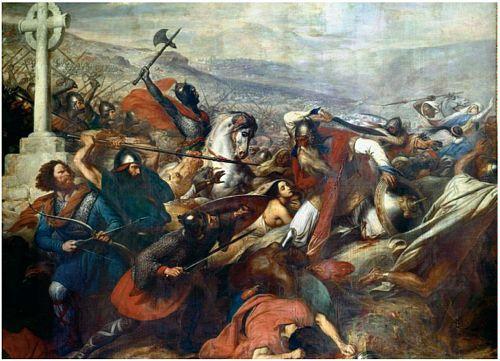
And also, the accounts of two of his most notable campaigns, the Saxon War:
At the conclusion of this struggle, the Saxon war, that seems to have been only laid aside for the time, was taken up again. No war ever undertaken by the Frank nation was carried on with such persistence and bitterness, or cost so much labour, because the Saxons, like almost all the tribes of Germany, were a fierce people, given to the worship of devils, and hostile to our religion, and did not consider it dishonourable to transgress and violate all law, human and divine ... In this way the Franks became so embittered that they at last resolved to make reprisals no longer, but to come to open war with the Saxons. Accordingly war was begun against them, and was waged for thirty-three successive years with great fury; more, however, to the disadvantage of the Saxons than of the Franks. It could doubtless have been brought to an end sooner, had it not been for the faithlessness of the Saxons. It is hard to say how often they were conquered, and, humbly submitting to the King, promised to do what was enjoined upon them, without hesitation the required hostages, gave and received the officers sent them from the King. They were sometimes so much weakened and reduced that they promised to renounce the worship of devils, and to adopt Christianity, but they were no less ready to violate these terms than prompt to accept them, so that it is impossible to tell which came easier to them to do; scarcely a year passed from the beginning of the war without such changes on their part. But the King did not suffer his high purpose and steadfastness - firm alike in good and evil fortune - to be wearied by any fickleness on their part, or to be turned from the task that he had undertaken, on the contrary, he never allowed their faithless behaviour to go unpunished, but either took the field against them in person, or sent his counts with an army to wreak vengeance and exact righteous satisfaction. At last, after conquering and subduing all who had offered resistance, he took ten thousand of those that lived on the banks of the Elbe, and settled them, with their wives and children, in many different bodies here and there in Gaul and Germany. The war that had lasted so many years was at length ended by their acceding to the terms offered by the King; which were renunciation of their national religious customs and the worship of devils, acceptance of the sacraments of the Christian faith and religion, and union with the Franks to form one people. Charles himself fought but two pitched battles in this war, although it was long protracted one on Mount Osning, at the place called Detmold, and again on the bank of the river Hase, both in the space of little more than a month. The enemy were so routed and overthrown in these two battles that they never afterwards ventured to take the offensive or to resist the attacks of the King, unless they were protected by a strong position.
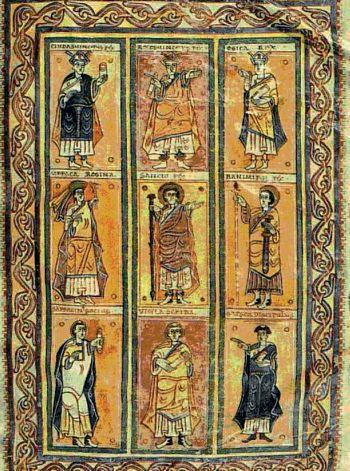
and war with the Huns:
The war against the Avars, or Huns, followed, and, except the Saxon war, was the greatest that he waged; he took it up with more spirit than any of his other wars, and made far greater preparations for it. He conducted one campaign in person in Pannonia, of which the Huns then had possession. He entrusted all subsequent operations to his son, Pepin, and the governors of the provinces, to counts even, and lieutenants. Although they most vigorously prosecuted the war, it only came to a conclusion after a seven years' struggle. The utter depopulation of Pannonia, and the site of the Khan's palace, now a desert, where not a trace of human habitation is visible bear witness how many battles were fought in those years, and how much blood was shed. The entire body of the Hun nobility perished in this contest, and all its glory with it. All the money and treasure that had been years amassing was seized, and no war in which the Franks have ever engaged within the memory of man brought them such riches and such booty.
